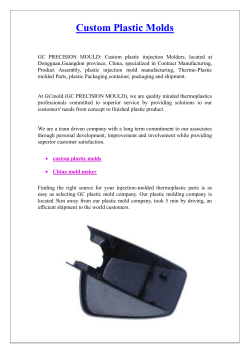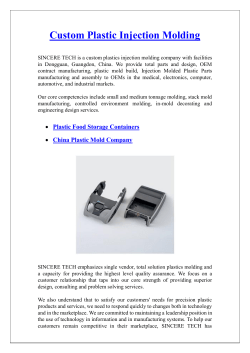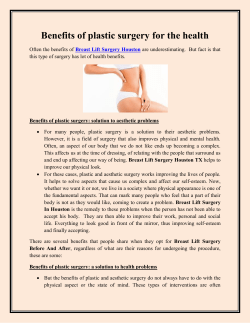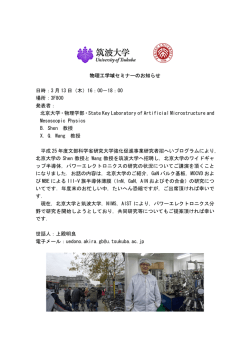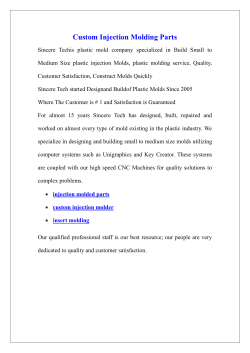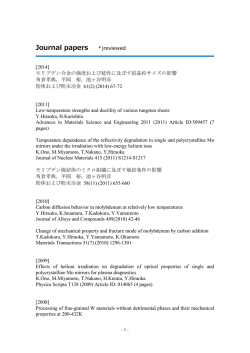
第200回 HVEM研究会 【詳細】 - 超顕微解析研究センター
WPI-I2CNER セミナー、九州大学超顕微解析研究センター、ナノテクノロジー・ネット ワーク「超顕微解析支援」、九州大学超顕微科学リサーチコア共催 第 200 回HVEM研究会 平成 26 年 8 月 25 日 WPI-I2CNER セミナーとの共催で以下の研究会を開催いたします。フランス CNRS の Xavier Sauvage 博士より、透過電子顕微鏡とアトムプローブを用いた超微細粒金属材料 の微細構造解析に関する話題をご提供いただきます。皆様、奮ってご参加ください。 日 時: 平成 26 年 9 月 12 日(金),14:00 から 会 場: 九州大学 伊都キャンパス I2CNER ホール Controlling nanostructures and phase transformations in ultra fine grained materials processed by severe plastic deformation for energy applications Dr. Xavier Sauvage Research Scientist CNRS (National Center for Scientific Research), France Nanostructuring metallic alloys appear as a promising route to achieve high strength and low weight materials or materials with unique combination of high strength and high electrical conductivity for low carbon emission in the automotive industry. This presentation reports about the achievement of such unique structures in aluminium alloys processed by severe plastic deformation. In such systems, grain size refinement mechanisms are controlled both by the creation of crystalline defects (especially dislocations) and dynamic recovery processes. In this presentation, it is proposed to discuss about the influence of alloying elements considering their interaction with such defects. Various aluminium alloys (AlMg, AlZn, AlCu) processed by severe plastic deformation under different conditions have been investigated. Beside the classical influence of the processing temperature and of the solute content on the final grain size, analytical microscopy data (Transmission Electron Microscopy and Atom Probe Tomography) revealed in some specific cases deformation induced solute redistribution like grain boundary segregations, clustering or precipitation. It will be shown that such features can dramatically influence the properties and that they are promoted first by the enhanced atomic mobility resulting from deformation induced defects (especially vacancies) and second by “non-equilibrium” boundaries with extrinsic dislocation arrays. As a conclusion, some possible routes to optimize the combination of processing parameters and alloy compositions will be proposed to achieve enhanced combination of properties for future applications in low weight applications of the automotive industry. ********************************************************************* 交通手段や研究会についてのお問い合わせは、下記の連絡先にお願いいたします。 HVEM研究会世話人:安田和弘、波多聰、成田一人 連絡先:堀田善治(九州大学 大学院工学研究院 材料工学部門) Tel: 092-802-2958 E-mail: [email protected] International Institute for Carbon-Neutral Energy Research Kyushu University Title Controlling nanostructures and phase transformations in ultra fine grained materials processed by severe plastic deformation for energy applications Speaker Dr. Xavier Sauvage Research Scientist CNRS (National Center for Scientific Research) France Date & Time Place Friday, September 12, 2014 2:00 p.m. I2CNER Hall, Ito campus, Kyushu University Abstract Nanostructuring metallic alloys appears as a promising route to achieve high strength and low weight materials or materials with unique combination of high strength and high electrical conductivity for low carbon emission in the automotive industry. This presentation reports about the achievement of such unique structures in aluminium alloys processed by severe plastic deformation. In such systems, grain size refinement mechanisms are controlled both by the creation of crystalline defects (especially dislocations) and dynamic recovery processes. In this presentation, it is proposed to discuss about the influence of alloying elements considering their interaction with such defects. These atomic scale mechanisms were investigated by analytical microscopy. After a short introduction summarizing the complimentarily application of probe corrected TEM and Atom Probe Tomography (APT), various examples of ultrafine grained alloys will be presented. Beside the classical influence of the processing temperature and of the solute content on the final grain size, we will focus on specific cases of deformation induced solute redistribution like grain boundary segregations, clustering or nanoscale precipitation. It will be shown that such features can dramatically influence the properties and that they are promoted first by the enhanced atomic mobility resulting from deformation induced defects (especially vacancies) and second by “non-equilibrium” boundaries with extrinsic dislocation arrays. As a conclusion, some possible routes to optimize the combination of processing parameters and alloy compositions will be proposed to achieve enhanced combination of properties for future applications in low weight applications of the automotive industry. About the Speaker Dr. Xavier Sauvage made his PhD on Atom Probe Tomography (APT) investigation of phase transformations in nanoscaled composites processed by severe plastic deformation. After a short stay at the Max Planck Institut in Stuttgart, he was hired in 2002 by the CNRS to lead some research on nanostructured materials and severe plastic deformation at the University of Rouen, France. Using APT in combination with transmission electron microscopy, he investigates deformation induced atomic transport, interdiffusion and phase transformations especially in nanostructures processed by severe plastic deformation. Host: Professor Zenji Horita Co-hosted: The Ultramicroscopy Research Center For registration, please visit our website: http://i2cner.kyushu-u.ac.jp/ CONTACT:Research Support and International Affairs Division International Institute for Carbon-Neutral Energy Research TEL:092-802-6934 email:[email protected]
© Copyright 2026
